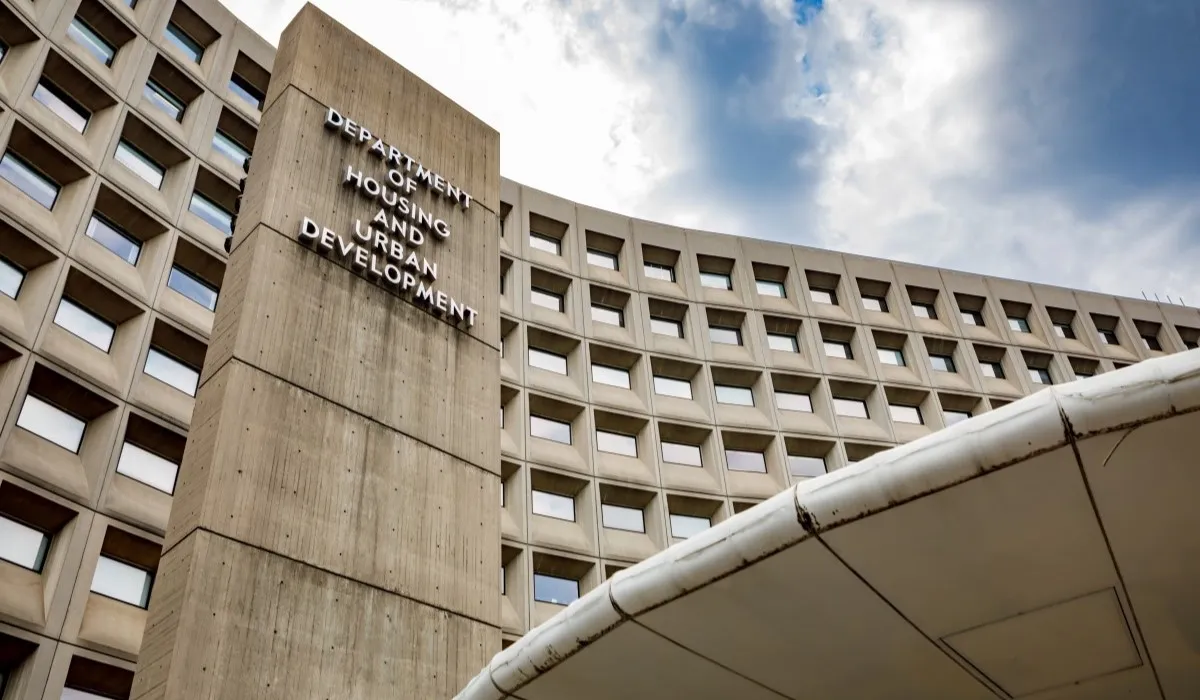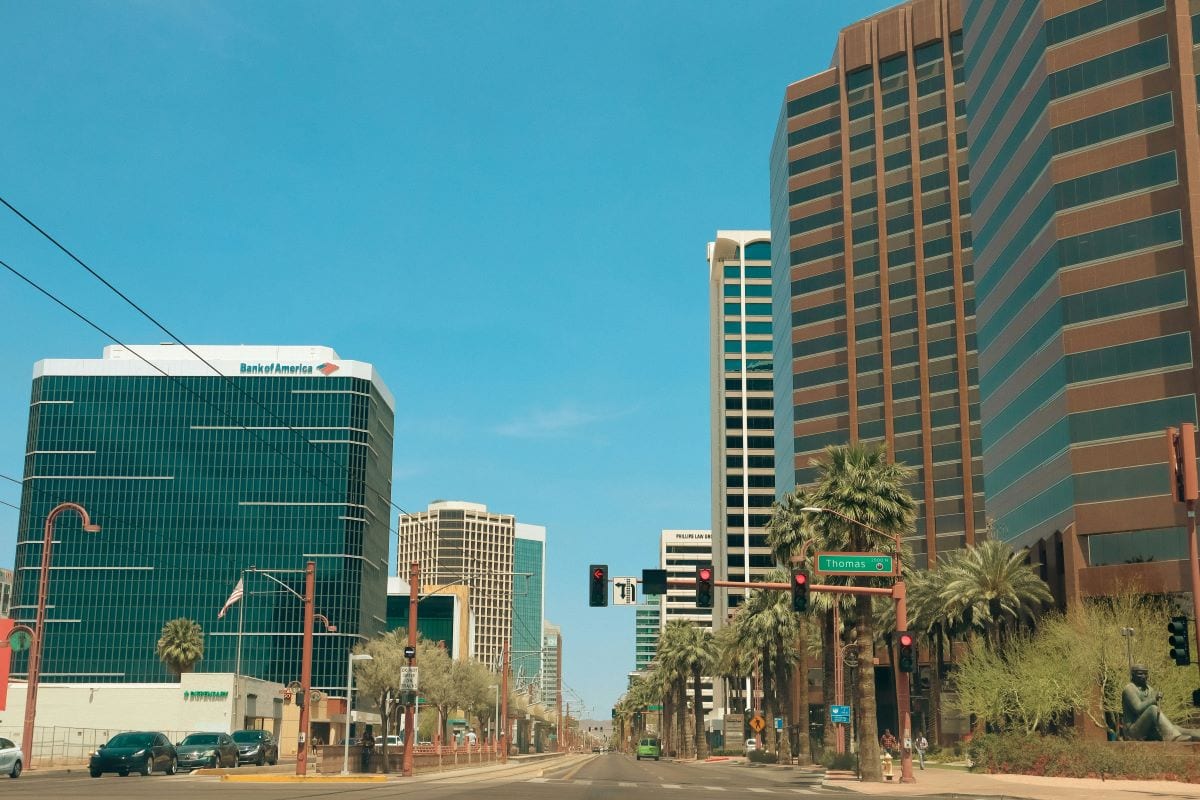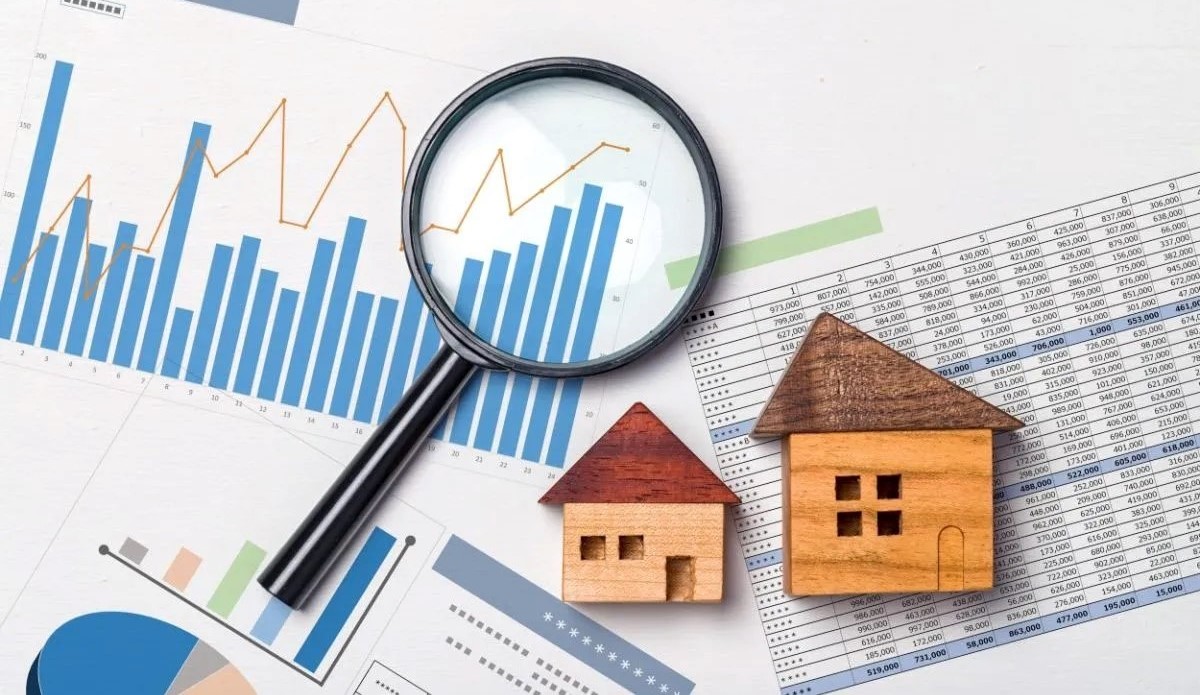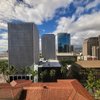Options are limited and rents are rising in Hobart.
THERE is not one rental market in the country that is tighter than Hobart.
PropTrack’s latest figures show the southernmost capital city recorded a vacancy rate increase in October. Good news, right?
On the face of it, even a 0.1ppt rise over the month sounds helpful for renters. A rise is not a fall, after all.
However, the issue is that only 0.82 per cent Hobart rental properties were sitting vacant in October.
PropTrack revealed that this was the lowest vacancy figure among all the capital city and regional markets, too.
The research by economist Anne Flaherty found Hobart’s vacancy fell “significantly” over the quarter (-0.41ppt) and the past year (-0.9ppt).
Economist Anne Flaherty.
In regional Tasmania, she said rental vacancies grew by 0.15ppt over the month to sit at 1.27 per cent in October. But this is still below the national average, and only slightly better than regional WA, QLD and Victoria.
Ms Flaherty said the share of rental properties vacant and available has also dropped since the onset of the pandemic in March 2020.
Hobart is down by 53 per cent and regional Tasmania has dipped by 27 per cent.
A vacancy rate of 3 per cent is widely considered healthy as it represents a balanced market.
According to SQM Research figures, Hobart has reached that 3 per cent level just once in almost 20 years.
In data going back to 2005, SQM figures show that April 2012 was Hobart’s vacancy peak at exactly 3 per cent and with 753 homes listed for rent.
MORE: How far Hobart home prices could rise or fall in 2025
Historic 250-acre Derwent Valley property seeks custodian
Swansea’s Grange offers premium vineyard, and a bonus option
More recently, 1.9 per cent in mid-2023 was a high point for Hobart.
Through 2024, the property data firm charts Hobart’s vacancy as starting at 1 per cent in January, climbing to 1.5 per cent by mid-year, and then falling to below 0 per cent in October.
By SQM’s measure, there were only 179 homes to rent in Hobart in October.
3 per cent? Not often in Hobart.
Meanwhile, the 2024 Rental Affordability Index from Shelter-SGS Economics showed Tasmania’s most vulnerable households — pensioners, low-wage workers and those on JobSeeker — face a “dire rental crisis”.
The report found Hobart’s median rent had grown by more than 60 per cent since 2016.
Shelter Tas acting chief executive, Kim Bomford, said Tasmania’s rental crisis was at “breaking point”.
Ms Bomford said the affordability crisis has deepened for those who can least afford it.
“Many are on the edge of homelessness, and we need urgent reforms to stop escalating financial stress that is plaguing the most vulnerable communities.”
Hobart, Launceston and the North West recorded rental price increases in the quarter.
The new Real Estate Institute of Tasmania quarterly report showed the ask for a three-bedroom house or a two-bedroom other dwelling — such as a unit or apartment — had risen in all three major population centres.
In September, the median rent for a Hobart house was $545 per week — up from $520 a year prior — while the median unit ask was $460. This was an annual increase of 4.8 per cent for houses and 3.4 per cent for units.
Year-on-year, Launceston rental house rents increased by 6.7 per cent while the North West Centres grew by 5 per cent. Launceston unit rent grew 5.3 per cent and NWC by 7.8 per cent.
In PropTrack’s latest quarterly rental figures, just six Hobart suburbs were priced at $500 per week or less for house renters.
The September data showed Bridgewater was the most affordable at $440 per week, followed by Risdon Vale, New Norfolk, Dodges Ferry, Claremont and Berriedale.
There were 18 suburbs where a Hobart unit was under $500, including Mount Stuart at $400 per week, Mount Nelson $425, Claremont and Brighton $430 and Moonah’s median is $440.
The largest annual changes were a 13.39 per cent reduction in North Hobart unit rents — bringing it to $485 per week — and an 8.11 per cent increase in Hobart city houses, now up to $600 per week.



















 English (US) ·
English (US) ·